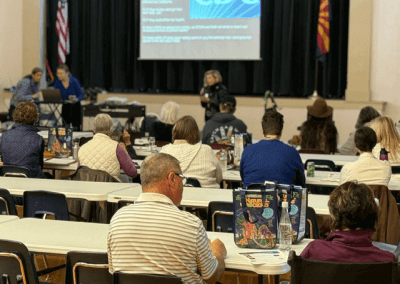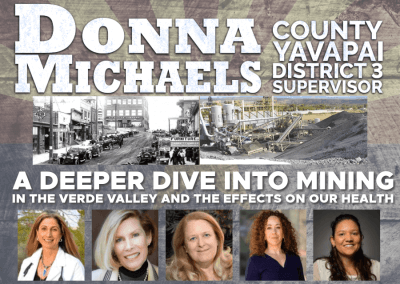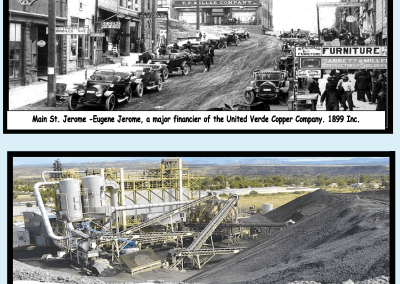A Deeper Dive into Mining in the Verde Valley and the Effects on Our Health
Donna Michaels, Ph.D. the Vice Chair for the Yavapai County Board of Supervisors, works continually to protect our rural, small town, community character and lifestyle. There is great importance in bringing awareness to what’s happening to the health of our community which is directly related to the slag pile in Cottonwood. Presenting information that day along with Donna and Dr. Shaida Sina included Dr. Raina Maier, Dr. Mónica Ramírez-Andreotta, and Ginny De LaCruz. The Lunch and Learn Event was a success and brought further awareness of this issue to our citizens.
The Presentation
What we learned at the event …
- Cleopatra Hill sits at about 5,000 feet above sea level.
- In 1876 Angus McKinnon & Morris Ruffner filed the first claim in the location where the Town of Jerome would later stand.
- In 1882 a New York investor, Eugene Murray Jerome, purchased mineral rights from a small group of prospectors and began to finance the mining operation, United Verde Copper Company.
- In 1899, the telephone arrived, and Jerome became an official City. By 1929, Jerome gained a population of 15,000, becoming the richest business in the US with Wine, Women and $$, causing the small town to also be known as “the Wicked City.”
- Three Smelters were created over the years to process Copper, Gold and Silver located in Jerome Clarkdale and Clemenceau – now Cottonwood. To process the final product they would crush ore, sift for metal, then add chemicals, and heat to separate the precious metals, leaving mining waste containing arsenic, lead, cadmium … Tons of smoke containing heavy metals permeated the air. Along the waste came tailings and large slag piles – to make 1 ton of copper, the process would leave behind roughly 2.5 tons of waste.
- The future of this waste and contamination is a concern for current citizens and our future generations. A review of where we are on testing, remediation, and future reclamation; A review of current Up Sourcing to get rid of the remaining piles.
- Jerome / Clarkdale: Freeport-McMoRan purchased the closed mining operation from Phelps Dodge in 1950’s. A review of what is currently happening in the old mining areas. Freeport-McMoRan continues mining reclamation work. Review past and current situations with the Verde River around the slag pile and mining.
- The University of Arizona: U of A has been conducting harvest studies; (looking at heavy metals in rainwater, soil, and plants in multiple mining towns like ours.) U of A has written the Verde Valley into an upcoming grant to study and educate our community around mining waste, health, and prevention.
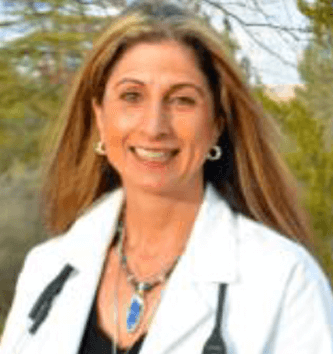
Dr. Shaida Sina
Facilitator
Dr. Shaida Sina, Medical Director and Physician at Breakthrough Medicine in Cottonwood, specializes in longevity and preventive medicine. She is affiliated with the Association of Environmental Medicine and the National Association of Environmental Professionals and regularly attends medical rounds with Environmental Medical Education International. Dr. Sina initiated research on mining contamination in June 2023.
She obtained a bachelor’s degree in medical technology & research from the University of Maryland School of Medicine and worked in laboratory medicine for 12 years before earning her Doctorate from Southwest College of Naturopathic Medicine in 2001. Following this, she pursued postdoctoral training in Environmental Medicine at Southwest College. With a residence in the Sedona-Verde Valley, she has practiced Integrative Medicine in the Verde Valley for 20 years.
So Far …
On January 1, 2024, Dr. Sina submitted a petition to the Agency for Toxic Substances and Disease Registry (ATSDR) under the CDC, urging the use of environmental health tools to investigate potential pathway toxins affecting Cottonwood, Jerome, and Clarkdale communities. Specifically, she called for investigation around the slag pile and the former Clemenceau Smelter site in Cottonwood. The ATSDR is yet to endorse the request pending necessary testing. Five separate requests have been issued.
- Determine whether Mining Waste has affected our community.
- Determine if those toxins could be getting into our body.
- Determine if they could affect our health.
- Direct ADEQ Arizona Department of Environmental Quality on appropriate testing so ATSDR and DHS can write a report and recommend actions to protect health.
- Review safety of using Copper Mining Waste as an upcycled material which could potentially spread toxins and cause illness.
While the testing is currently underway, numerous strategies can enhance the health and wellness of our community during the wait for the environmental test results. The objective is to establish this as the inaugural session of numerous lectures aimed at supporting our community.
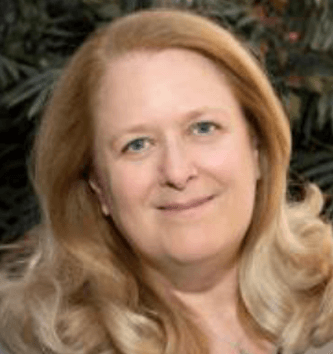
Dr. Raina Maier
Professor of Environmental Science, University of Arizona
Dr. Maier’s research focuses on understanding how we can exploit microbes and their activities and products to benefit human health and the environment. She is a Professor of Environmental Microbiology in the Department of Environmental Science and is known for her contributions to the field of microbially-produced surfactants – these amazing molecules have been the basis for several research discoveries and patents in the field of environmental cleanup and metal recovery especially related to mining. She is also known for her work on the relationships between microbial diversity and ecosystem function in arid and semi-arid environments with a focus on mine tailings and desert soils. She serves as the Director of the University of Arizona NIEHS Superfund Research Center and co-founded the Center for Environmentally Sustainable Mining both of which are focused on understanding the health impacts and advancing innovative solutions for remediation of mine waste sites. Related to mining, her group’s innovative work on establishing vegetative caps on mine waste is changing the way we think about and evaluate the revegetation process.
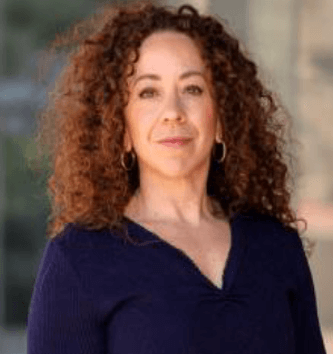
Dr. Mónica Ramírez-Andreotta
Associate Professor of Environmental Science and Public Health, University of Arizona
Mónica Ramírez-Andreotta, M.P.A., Ph.D. is an Associate Professor of Environmental Science and Public Health at the University of Arizona. Additionally, she is the PI of the University of Arizona NIEHS Superfund Research Center’s Research Translation Core. Using an environmental justice (EJ) framework and participatory research methods, she investigates exposure pathways and communication strategies to translate environmental health research to action and strives for structural change. She is pioneering new methods (continued) in exposure science, identifying community-level resiliencies to combat environmental health vulnerabilities, and developing novel communication strategies. To engage, build efficacy, and address structural challenges in underrepresented, underserved, and affected populations, she develops and implements programs with, and for EJ and climate justice communities in the areas of pollution prevention, climate change, and environmental sustainability, resiliency, and monitoring.
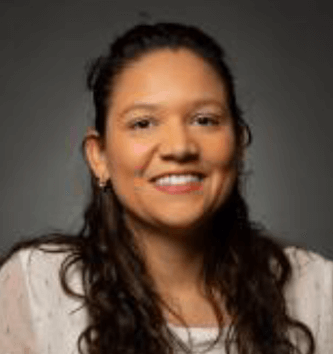
Ginny De LaCruz
Childhood Lead Prevention Program Manager AZ Dept Health Services
Ginny De LaCruz is the Childhood Lead Prevention Program Manager for the AZ Dept Health Services. Her portion of the event covered the ways to protect oneself from potential exposure to lead, then discussed dust and incidental ingestion.
With almost eight years of experience in public health work at the Arizona Department of Health Services (ADHS), Mrs. De La Cruz currently serves as the program manager of the Childhood Lead Poisoning Prevention Program. Her journey began as a communicable disease investigator. After that, she took the role of Program Coordinator for the Skin Cancer Prevention Program, before finally joining the Childhood Lead Poisoning Prevention team in 2020. With her passion for health education, Mrs. De La Cruz strives tirelessly to ensure that every family affected by lead Poisoning in the state is provided with the necessary help and resources.



